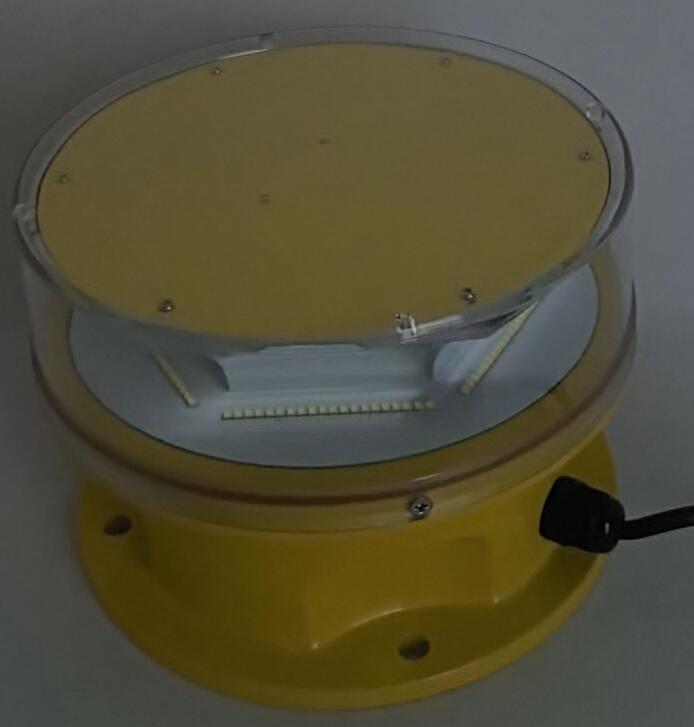Navigating the Skies Safely: A Guide to FAA Obstruction Marking and Lighting Standards
The Federal Aviation Administration's (FAA) obstruction marking and lighting requirements form the backbone of aerial hazard prevention in U.S. airspace. These critical regulations ensure tall structures are visible to pilots, reducing collision risks and maintaining safe navigation corridors. This comprehensive guide explores the current FAA obstruction marking and lighting standards, their practical applications, and emerging trends in aviation safety technology.
The Foundation of FAA Obstruction Marking and Lighting
The FAA's obstruction marking and lighting guidelines serve three primary purposes:
Collision Prevention: Making structures visible to aircraft in all conditions
Airspace Protection: Safeguarding designated flight paths and approach corridors
Regulatory Compliance: Meeting federal aviation requirements (14 CFR Part 77)
These standards apply to all permanent and temporary structures exceeding 200 feet above ground level or penetrating defined airport approach surfaces.
Core Components of FAA Standards
1. Structure Marking Requirements
Paint Schemes: Alternate aviation orange and white bands
Pattern Specifications: 3-7 bands depending on structure height
Contrast Ratios: Minimum 70% lightness difference between colors
Width Requirements: Bands equal to 1/7 structure height or 30 feet max
2. Lighting Specifications
Red Obstruction Lights: For nighttime visibility (L-810, L-864)
Medium Intensity White Strobes: Day/night use (L-865)

High Intensity White Strobes: Tall structures >700ft (L-856)
Dual Lighting Systems: Combining red and white lights
Implementation Guidelines
Structure Height Considerations
Height Range Marking Requirement Lighting Requirement
<200ft Case-by-case evaluation Typically none
200-500ft Aviation orange/white bands L-810 or L-864 lights
500-700ft Enhanced banding L-865 white strobes
>700ft Multiple band patterns L-856 high intensity
Special Application Protocols
Wind Turbines: Unique lighting synchronization requirements
Transmission Lines: Specific span lighting intervals
Cranes: Temporary lighting plans for construction
Offshore Structures: Marine environment adaptations
Compliance Process
Obstruction Evaluation: Submit FAA Form 7460-1
Aeronautical Study: FAA determination of hazard status
Lighting/Marking Plan: Engineer-approved specifications
Installation Verification: On-site inspection when required
Maintenance Program: Ongoing compliance documentation
Technological Advancements
The FAA obstruction marking and lighting field is evolving with:
LED Conversion Initiatives
80% energy reduction versus traditional systems
Extended service life (50,000+ hours)
Improved cold weather performance
Lighting Control Systems
Aircraft-activated lighting (reducing light pollution)
Remote monitoring capabilities
Automated failure alerts
New Materials
Self-cleaning surface treatments
UV-resistant paint formulations
Impact-resistant lens designs
Maintenance Best Practices
To maintain FAA obstruction marking and lighting compliance:
Quarterly Inspections: Document all lighting functionality
Annual Paint Assessments: Check for fading/peeling
Preventive Maintenance: Replace components at 80% of rated life
Weather Event Checks: Post-storm verifications
Record Keeping: Maintain 5-year documentation logs
Emerging Challenges
Recent developments impacting FAA obstruction marking and lighting:
Urban Air Mobility Integration
New low-altitude traffic patterns
Vertiport lighting requirements
Renewable Energy Expansion
Offshore wind farm lighting standards
Solar array glare considerations
Climate Change Factors
Increased weather durability requirements
Changing wildlife interaction patterns
Conclusion
The FAA obstruction marking and lighting standards represent a dynamic framework that adapts to evolving aviation needs while maintaining rigorous safety protocols. As U.S. airspace becomes increasingly crowded with traditional aircraft, drones, and new aerial vehicles, these regulations will continue to play a vital role in collision prevention.
| faa obstruction marking and lighting |
Industry professionals must stay current with FAA Advisory Circular updates (particularly AC 70/7460-1L) and technological developments to ensure full compliance. Proper implementation of FAA obstruction marking and lighting requirements not only meets legal obligations but more importantly contributes to the safety of the national airspace system for all users.
The future will likely bring smarter, more efficient systems, but the fundamental purpose remains unchanged: keeping the skies safe through visible, well-marked obstacles. By understanding and properly applying these standards, we collectively maintain the integrity of America's aviation infrastructure.
